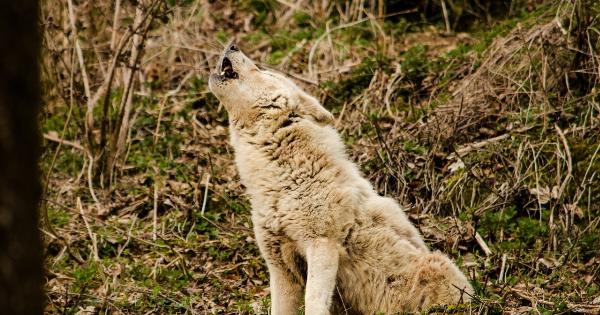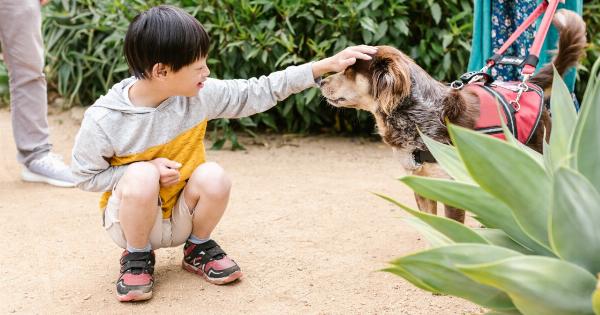Animals have always been an important part of the natural world. They play a crucial role in maintaining the delicate balance of ecosystems around the globe.
Humans and animals have interacted for thousands of years, and our close relationship with them has shaped our cultures, religions, and societies. However, as human population continues to grow, our relationship with animals is strained, resulting in a decline of many species and habitats. It is now more important than ever to appreciate and understand the importance of animals in nature.
What is the Importance of Animals in Nature?
At first glance, animals appear to be a small part of the vast and complex ecosystem that makes up our planet. But in reality, animals play a critical role in maintaining that ecosystem.
For example, many pollinator animals like bees, birds, and bats help fertilize plants, which allows them to produce seeds and reproduce. Animals also act as seed dispersers, helping plants establish new colonies and spread across the landscape.
In addition, animals can help control the population of other species by acting as predators, regulating population growth, and preventing overgrazing of vegetation. Overall, animals are an incredibly important part of nature, and their loss would have devastating effects on our environment and the survival of many other species.
The Impact of Human Activity on Animals
Human activity has long been a threat to wildlife populations around the world. As our population continues to expand, we require more and more resources, which leads to habitat loss and degradation.
Many animals are forced to compete with humans for resources, which can lead to conflicts, and sometimes result in destruction of habitats and extinction of species. Human activities like pollution, hunting, and deforestation have all contributed to a decline in animal populations around the world. If we don’t take action to mitigate these threats, many species will be lost forever.
How Can We Appreciate and Understand Animals?
One of the most important things we can do to appreciate and understand animals is to observe them in their natural habitat. This can be done through activities like birdwatching, hiking, or even going on safari.
Wildlife sanctuaries and zoos also offer opportunities to see animals up close and learn about their behavior and natural habitat. It’s important to remember that animals are not simply objects for us to observe, but living beings that have a right to exist and thrive in their natural environment.
Another way we can appreciate and understand animals is to learn about their habits and behaviors.
There are many resources available online or through libraries that provide information about the different species of animals that can be found in different regions of the world. By learning about their natural history, we can better understand the importance of their role in maintaining ecosystems and the impact of their loss.
What Can We Do to Protect Animals?
Protecting animals and their habitats is crucial if we want to maintain a healthy environment for ourselves and future generations. There are many things we can do to help protect animals.
One of the most important steps is to reduce our carbon footprint by using renewable energy sources and reducing our use of fossil fuels. This can help mitigate the impact of climate change, which is one of the greatest threats to wildlife populations around the world.
Another important step is to support conservation efforts by volunteering or donating to organizations that work to protect animals and their habitats.
It’s also important to educate others about the importance of protecting animals and the environment, and advocate for policies that support conservation efforts.
The Bottom Line
Animals are an integral part of the natural world, and their loss would have devastating effects on our environment and the survival of many other species.
It’s crucial that we appreciate and understand the importance of animals in nature, and take action to protect them and their habitats. By observing animals in their natural habitat, learning about their behaviors, and supporting conservation efforts, we can help ensure that they continue to thrive for generations to come.






























